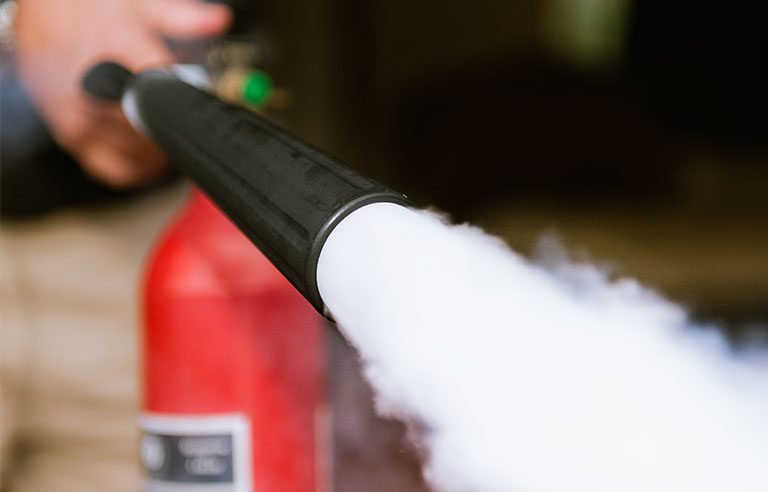Evaluation of shipyard fire and rescue services: OSHA publishes fact sheet

Washington — A new fact sheet from OSHA seeks to help shipyard employers evaluate their fire and rescue services.
The fact sheet states that welding, grinding and other hot work performed near cargo, fuels, building materials and debris can cause small fires that may grow out of control quickly. It also points out that fire-resistant materials can burn readily in oxygen-enriched atmospheres.
“Often, these fire-producing activities occur in enclosed or confined spaces where combustible gases and toxic fumes can build up to unsafe levels or deplete oxygen,” the fact sheet notes. “This makes it more difficult for workers to escape and be rescued. An effective rescue and response plan is essential for saving workers’ lives in shipyards where fires are a common hazard.”
OSHA recommends that facilities prepare for emergencies by:
- Developing a written fire safety plan that includes fire, rescue and emergency response policies, and updating it each year.
- Training workers on all parts of the safety plan, including hazard controls, health rules and emergency procedures. Workers “designated to fight fires must be trained on the fire safety plan’s written operating procedures on a quarterly basis,” according to the fact sheet. That training must include semi-annual drills and live response exercises.
- Establishing an onsite rescue team or collaborating with offsite first responders, such as local emergency medical services. Offsite responders must be able to get to the worksite within five minutes after being notified of an injury or illness.
- Instructing workers assigned to rescue teams on the procedures and practices for their roles, and on the use and care of proper personal protective equipment. OSHA recommends similar preparations for offsite teams, including familiarity with hazards they may encounter and the layout of the work facility.
- Developing an incident management network or system for a safe and well-ordered fire response.
The fact sheet also includes checklists for a fire safety plan; a fire, rescue and emergency response; and fire response medical requirements.
Post a comment to this article
Safety+Health welcomes comments that promote respectful dialogue. Please stay on topic. Comments that contain personal attacks, profanity or abusive language – or those aggressively promoting products or services – will be removed. We reserve the right to determine which comments violate our comment policy. (Anonymous comments are welcome; merely skip the “name” field in the comment box. An email address is required but will not be included with your comment.)

